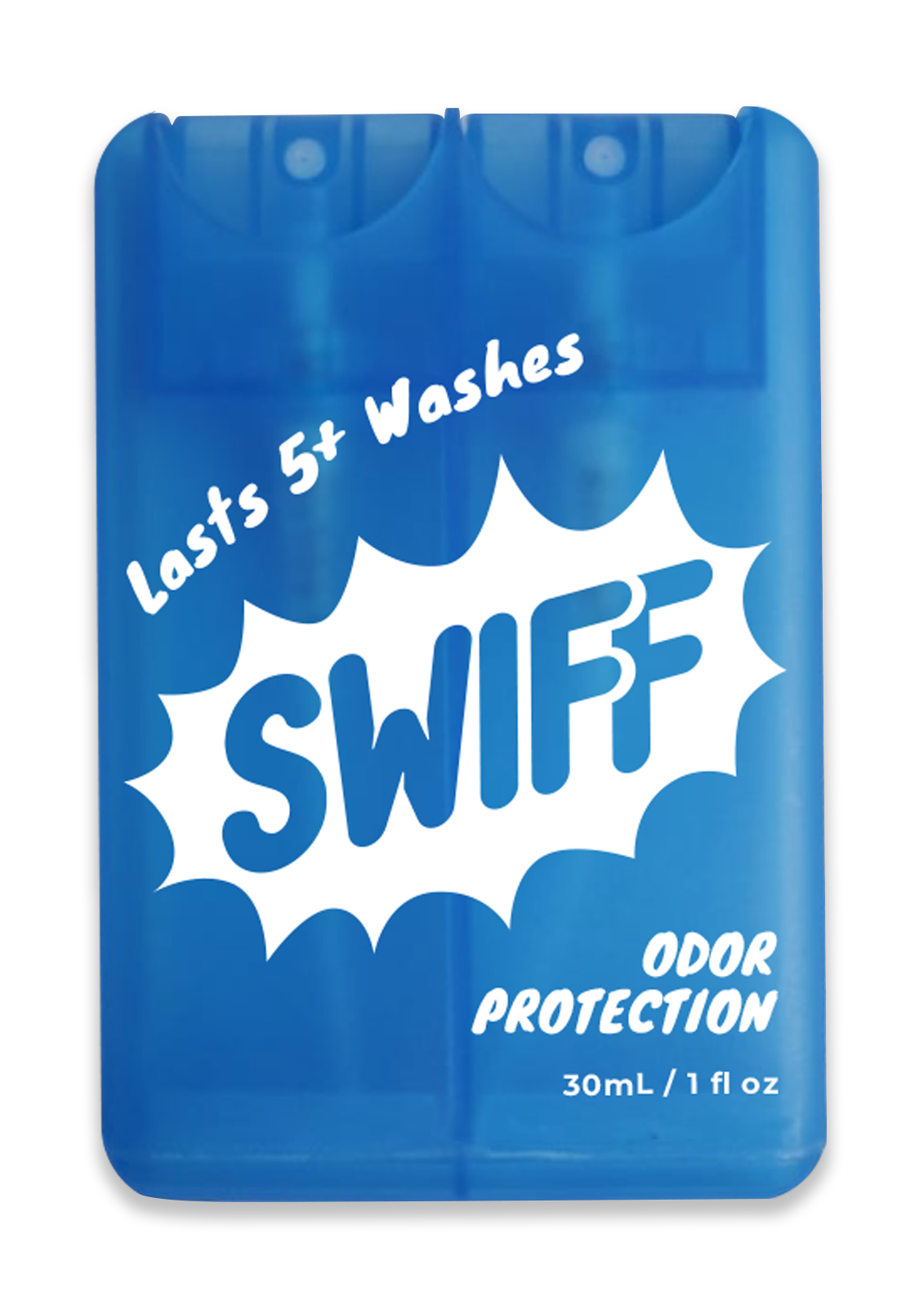The Antimicrobial Efficacy of Silver (Scientific Papers)
The Antimicrobial Effects of Silver
The antimicrobial performance of silver is based on the powerful broad-based efficacy of silver ions. Silver’s ability to neutralize bacteria, fungus (mildew and mold), and viruses, collectively referred to as “microbes”, is well-documented in the literature with thousands of papers on this topic. Historically, silver has been used for these same applications for thousands of years. Below are key peer-reviewed studies that support why and how silver has such potent antimicrobial activity broken down by microbe class.
Broad-spectrum Antimicrobial Effects of Silver
1) Chelated silver coatings neutralize lipid-enveloped viruses, bacteria, and fungi.
Key scientific finding: Plant antioxidants can be used to anchor silver ions to surfaces and provide long-lasting antimicrobial potential even after washing.
Reference: Free article to access - https://www.nature.com/articles/s41598-022-05553-9
Antiviral Effects of Silver
1) Silver nanoparticles as a potential treatment against SARS-CoV-2.
Key scientific finding: Review article discussing the strong evidence and various examples of silver being used to inactivate coronaviruses and specifically SARS-CoV-2 (COVID-19).
Reference: WIREs Nanomed. Nanobiol. (2021). Free online atonlinelibrary.wiley.com/doi/full/10.1002/wnan.1707
2) Potent antiviral effect of silver nanoparticles on SARS-CoV-2.
Key scientific finding: Silver concentrations as low as 1 ppm can inactivate SARS-CoV-2 (COVID-19).
Reference: Biochem. Biophys. Res. Comm. (2020) 1, 195-200
3) Silver nanoparticles prevent coronaviruses from infecting mammalian cells in vitro.
Key scientific finding: Silver nanoparticles inhibit viral entry into hosts cells, therefore preventing virus-mediated infection.
Reference: Biomaterials (2014) 35, 4195-4203
4) Silver is effective against enveloped and non-enveloped viruses.
Key scientific finding: Silver inactivates enveloped viruses (e.g. coronaviruses) through a charge-based interaction with their outer lipid envelope layer. Silver inactivates non-enveloped viruses via reacting with sulfur in the cysteine residues of proteins.
Reference: Int. J. Environ. Res. Public Health (2016) 13, 430
5) Disinfectants containing silver inactivate the hard-to-kill norovirus within 30 mins.
Key scientific finding: Exposure of norovirus to silver citrate results in physical (morphological) changes in norovirus within 30 mins, similar to observations with heat, high pressure, and copper.
Reference: Journal of Applied Microbiology, (2016) 122, 78—86
6) Silver ion containing powders kills human and cat coronaviruses.
Key scientific finding: Metal-organic materials containing silver and silver/copper caused significant reductions of coronavirus 229E after 1 h in suspension.
Reference: Food Environ Virol (2009) 1, 37–412
7) Silver ions inactivate the flu virus.
Key scientific findings: Silver selectively inactivates key enzyme neuraminidase through formation of a disulfide bond, impairing the ability of the flu virus to cause an infection.
Reference: J Hazard Mater. (2016) 312, 1-7
8) Silver is a gentle and powerful broad-spectrum antimicrobial.
Key scientific findings: Review article describing silver antimicrobial and antiviral activities against a variety of pathogens.
Reference: Sci Rep. (2014) 4, 7161
9) Silver coating is used to kill HIV and many other viruses.
Key scientific findings: Over 90% reduction in viral titers were observed within 4 hours of exposure to silver for HIV, influenza, herpes simplex and dengue viruses.
Reference: BMC Microbiol. (2016) 16
Antibacterial Effects of Silver
1) An overview of the antibacterial effects of silver nanomaterials
Key scientific findings: In-depth look at the antibacterial mechanisms of silver and potential implications of its use in various applications.
Reference: Journal of Nanoparticle Research (2010) 12, 1531–1551
2) The antibacterial effects of silver, titanium dioxide and silica dioxide nanoparticles compared to the dental disinfectant chlorhexidine on Streptococcus mutans using a suite of bioassays
Key scientific findings: Demonstrates the antibacterial aspects of silver in complex environments.
Reference: Nanotoxicology (2014) 1, 1-16
3) Differential transformation and antibacterial effects of silver nanoparticles in aerobic and anaerobic environments
Key scientific findings: Demonstrates the antibacterial aspects of silver against bacteria in both oxygen-rich and oxygen-deprived environments.
Reference: Nanotoxicology (2019) 3, 335-353
4) Synthesis of Metal Nanoparticles in Metal-Phenolic Networks: Catalytic and Antimicrobial Applications of Coated Textiles
Key scientific findings: Demonstrates that polyphenol coatings can be used to incorporate silver nanoparticles onto textiles for use as antibacterial agents.
Reference: Advanced Healthcare Materials (2017) 5, 1700934
5) Synergistic Effects of Silver Nanoparticles with Ethanolic Extract of Eucalyptus globules on Standard Pathogenic Bacteria in Vitro
Key scientific findings: Demonstrates the effective use of silver in combination with plant extracts against pathogenic bacteria.
Reference: Tabari Biomedical Student Research Journal (2020) 2
Antifungal Effects of Silver
1) Antifungal Effects of Silver Nanoparticles Against Various Plant Pathogenic Fungi
Key scientific findings: In-depth look at the antibacterial mechanisms of silver against various pathogenic fungi.
Reference: Biointerface Research in Applied Chemistry (2020) 6, 6587-6596
2) Selective antifungal activity of silver nanoparticles: A comparative study between Candida tropicalis and Saccharomyces boulardii
Key scientific findings: Demonstrates that silver kills pathogenic fungi at a higher rate than beneficial fungi at roughly a 50% difference.
Reference: Colloid and Interface Science Communications (2020) 37, 100280
3) Botryticidal Activity of Nanosized Silver-Chitosan Composite and Its Application for the Control of Gray Mold in Strawberry
Key scientific findings: Silver complexed with organic molecules prevents mold growth on fruit.
Reference: Journal of Food Science (2013) M1589-M1594
4) Efficacy of topical silver against fungal burn wound pathogens
Key scientific findings: Silver has historically been used to prevent infection in wounds, and demonstrates antimicrobials efficacy with burn wounds.
Reference: American Journal of Infection Control (1999) 4, 344-350







